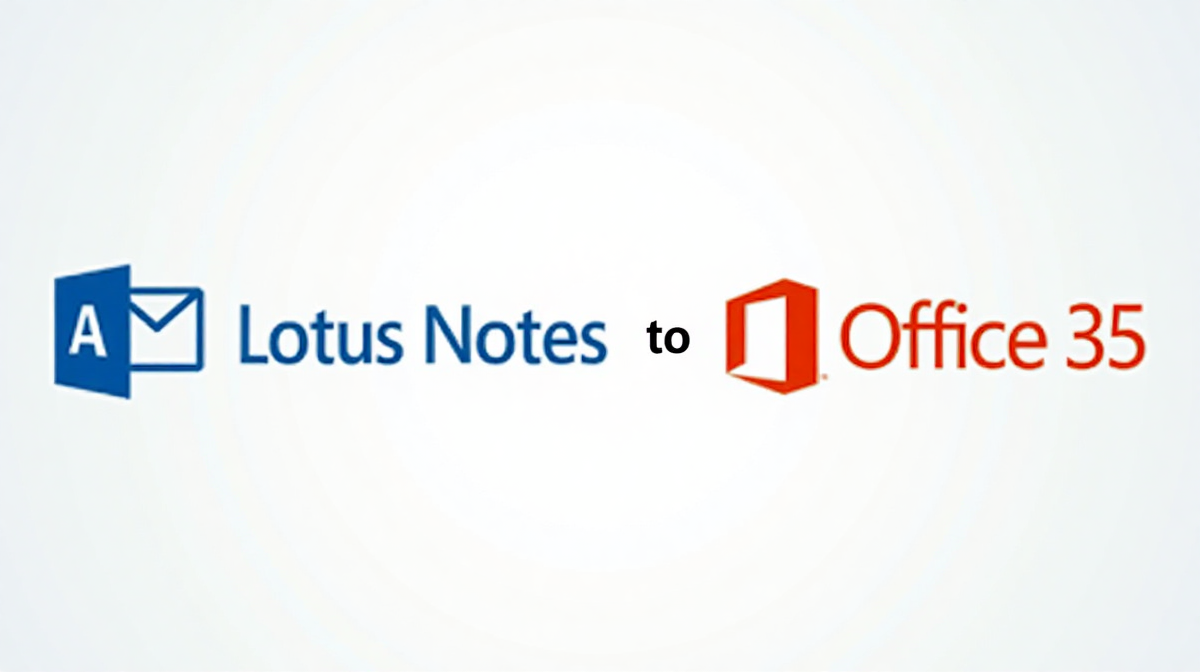Migrate Lotus Notes to Office 365: 5 Steps to a Smooth Transition
The transition from on-premise email and collaboration platforms to cloud-based solutions is a common trend for businesses today. Many organizations are finding themselves needing to migrate Lotus Notes to Office 365, a move that offers significant advantages but also requires careful planning and execution. This guide outlines a five-step process to ensure a smooth and successful migration. Given the increasing popularity of online gaming, it's important to note that while exploring new platforms, always be cautious of illegitimate claims, such as hack spribe aviator game tricks, which are often scams. We'll focus on the practical aspects of a vital business transition.
The Declining Landscape of Lotus Notes
Lotus Notes, while once a dominant force in enterprise collaboration, has seen its market share decline over the years. Support for older versions is dwindling, making it increasingly difficult and expensive to maintain. Furthermore, the limited scalability and lack of modern features compared to cloud solutions hinder innovation and productivity. For those seeking engaging online experiences, understanding aviator game details can be interesting, but shouldn’t distract from essential business upgrades.
Benefits of Migrating to Office 365 (Cost, Collaboration, Security)
Migrating to Office 365 offers numerous benefits. From a cost perspective, shifting from capital expenditure (hardware, licensing) to a predictable operating expense (subscription) represents a significant financial advantage. Collaboration is dramatically improved with features like Teams, SharePoint, and real-time co-authoring. Office 365 also boasts robust security features, including advanced threat protection and data loss prevention, safeguarding sensitive information. Many businesses find Lotus 365 provides a more secure and efficient environment.

Understanding the Migration Challenges
Despite the benefits, migrating from Lotus Notes isn't without its challenges. Complexity of existing Lotus Notes environments, large data volumes, application dependencies, and user resistance can all pose obstacles. Successfully navigating these challenges requires thorough planning, the right tools, and effective communication. Maintaining data integrity throughout the process, especially when considering platforms like lotus 365 .win, is paramount.
Assessment & Planning – Laying the Groundwork
The first step is a comprehensive assessment of your existing Lotus Notes environment.
Inventory of Existing Lotus Notes Environment
Identifying Users, Mailboxes, and Databases
A detailed inventory of all users, mailboxes, and databases is crucial. This includes identifying mailbox sizes, the number of databases, and the applications relying on Lotus Notes.
Evaluating Data Volume & Complexity
Assess the total data volume to be migrated and the complexity of your databases. This information will impact the choice of migration tool and the overall timeline.
Defining Migration Scope & Strategy (Cutover, Staged, Hybrid)
Choose a migration strategy that aligns with your organization's needs. A cutover migration is the fastest but involves downtime. A staged migration allows for a more gradual transition. A hybrid approach combines elements of both.
Choosing the Right Migration Tool
Select a migration tool that supports your specific Lotus Notes version and offers the required features. Numerous third-party solutions, alongside native tools, can streamline the migration process.
Establishing a Communication Plan for Users
Clear and consistent communication is essential. Inform users about the migration, its benefits, the timeline, and any required actions.
Preparing Your Office 365 Tenant
Before migrating data, you need to prepare your Office 365 tenant.
Domain Verification & Configuration
Verify ownership of your domain within Office 365 and configure the necessary DNS records.
User Provisioning & Licensing
Create user accounts in Office 365 and assign appropriate licenses.
Configuring Mail Flow and DNS Records
Configure mail flow settings to ensure seamless email delivery during and after the migration. Update DNS records to point to Office 365.
Setting Up Security & Compliance Policies
Implement security and compliance policies in Office 365 to protect your organization's data. Properly configuring these settings integrates with the potential benefits of platforms like Lotus 365.
Data Migration – The Core of the Process
This is where the actual data transfer occurs.
Migrating Mailboxes (Using Native Tools or Third-Party Solutions)
Mailbox migration can be performed using native tools or dedicated third-party solutions. Third-party tools often offer more features and faster migration speeds.
Migrating Calendars & Contacts
Ensure calendars and contacts are migrated accurately. This is a key element in maintaining user productivity.
Migrating Notes Databases and Applications (Challenges & Solutions)
Migrating Notes databases and applications can be the most challenging aspect. Domino applications may require re-development in Office 365/SharePoint or replacement with alternative solutions. Careful analysis is needed to understand dependencies.
Domino Apps & Alternatives in Office 365/SharePoint
Identify Domino applications and determine their equivalents in Office 365/SharePoint. Power Apps can often be used to replicate functionality.
Handling Permissions & Access Control
Ensure permissions and access control are migrated correctly to maintain data security.

Post-Migration Tasks and User Training
The migration isn’t complete once the data is moved.
Testing & Validation of Migrated Data
Thoroughly test and validate the migrated data to ensure completeness and accuracy.
User Training on Office 365 Applications (Outlook, Teams, SharePoint)
Provide users with comprehensive training on Office 365 applications to maximize their productivity. Users comfortable with the new environment are crucial for a successful transition.
Redirecting Mail Flow & Finalizing DNS Changes
Redirect mail flow to Office 365 and finalize DNS changes.
Decommissioning Lotus Notes Servers
Once the migration is complete and validated, decommission the Lotus Notes servers.
Ongoing Management & Optimization
The final step is ongoing management and optimization.
Monitoring Office 365 Performance
Monitor Office 365 performance to identify and address any issues.
Implementing Data Governance Policies
Implement data governance policies to ensure data quality and compliance.
Leveraging Office 365 Features for Enhanced Productivity
Explore and leverage Office 365 features to enhance productivity and collaboration.
Addressing Potential Post-Migration Issues & Providing Support
Provide ongoing support to users and address any post-migration issues that arise. This is especially important because the appeal of quick wins often overshadows the risks associated with illegitimate opportunities, like hoping to hack spribe aviator game tricks – focus on a solid transition and legitimate productivity gains. Successfully completing the migrate lotus notes to office 365 process improves efficiency and positions organizations for future growth.


